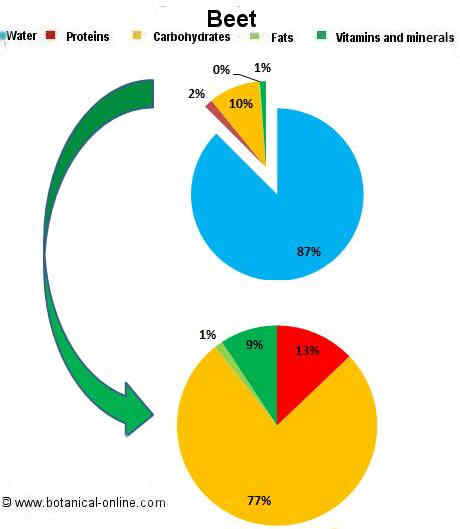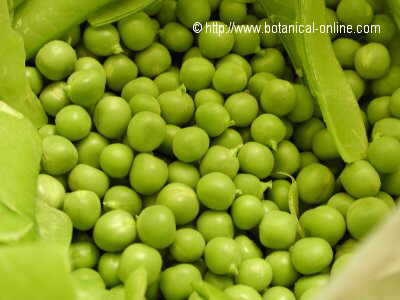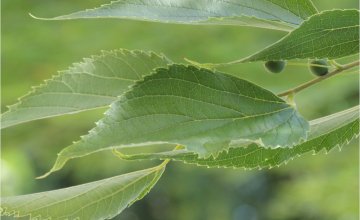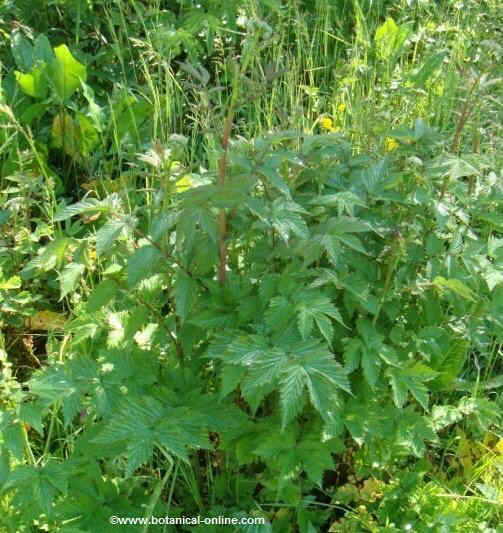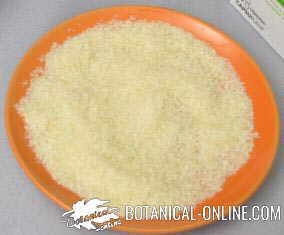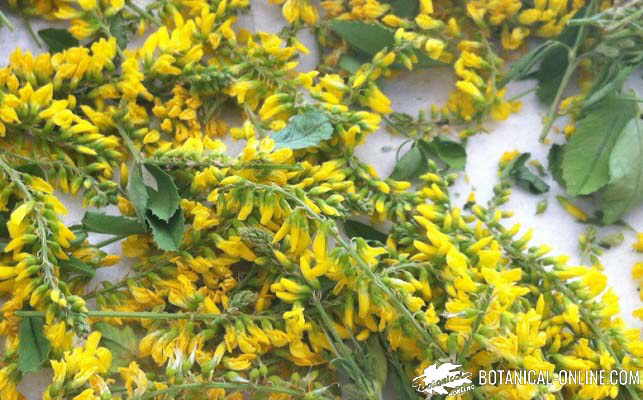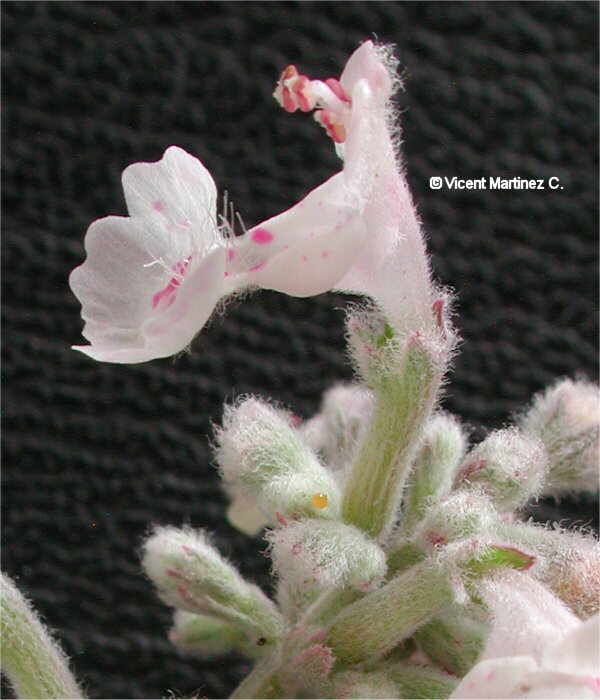Contents
What are the main pests and diseases of lavender?
Main lavender pests
The main pests that affect lavender are:
 Meligetes: (Meligethes subfurumatus/Meligethes exilis) They are two types of beetles that attack flowers of this plant. The treatment involves the use of pesticides such as parathion, before flowers appear.
Meligetes: (Meligethes subfurumatus/Meligethes exilis) They are two types of beetles that attack flowers of this plant. The treatment involves the use of pesticides such as parathion, before flowers appear.- Sophronia humerella: This is a butterfly whose larvae eat the new shoots. Apply a pesticide.
- Cecidomia: (Thomasiniana lavandulae) It is the main pest affecting lavender. This is a fly whose larvae burrow into the branches and stems making them rot and killing the plant. Treatment requires the application of a suitable insecticide in the winter or early spring to remove the fly before they lay eggs.
- Cuscuta (Cuscuta pentagona) It is a parasitic plant with a suction body called haustorium that extracts the plant sap. It can be manually removed before it has invaded the field or, if necessary, by means of herbicides.
In addition to these pests we must consider other less important as aphids, scale insects or locusts.
Main lavender diseases
The main diseases that affect lavender are fungi:
- Phoma: (Phoma lavandulae) It is a fungus that reproduces easily, ravaging lavender crops. This type of disease requires to burn the infected plants.
- Armillaria mellea: It is a fungus responsible for root rot. It attacks and feeds from them, stealing their water and nutrients. Many trees can be affected, among them: apple trees, prunus, eucalyptuses, acacias, etc. as well as roses or vines. Primary prevention for lavender is to ensure that the land has good drainage so that water can not be pooled in the roots.
- Gray Mold (Botrytis cinerea): It produces flowers rot when environmental humidity is very high. The solution lies in increased aeration of the crop and the application of a suitable fungicide.
- Rhizoctonia: This is another kind of root fungus, common in wheat, barley or grass, which causes the death of the plant, producing plots of land devoid of plants. In the development of this fungus excess moisture and excess nitrogen-rich fertilizers, combined with high temperatures, are essential. Among the clearest symptoms of this disease, it is the appearance of brown blotches on leaves or stems. Prevention implies a moderate use of nitrogen as well as aeration and good soil drainage. Appropriate fungicide has to be applied when necessary.
![]() More information on lavender
More information on lavender
This article was endorsed by Julián Masats - Technical agricultural engineer specialized in horticulture and gardening.

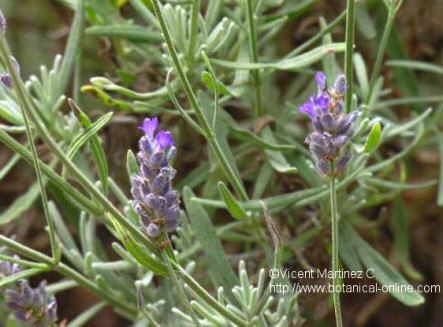 Meligetes: (Meligethes subfurumatus/Meligethes exilis) They are two types of beetles that attack flowers of this plant. The treatment involves the use of pesticides such as parathion, before flowers appear.
Meligetes: (Meligethes subfurumatus/Meligethes exilis) They are two types of beetles that attack flowers of this plant. The treatment involves the use of pesticides such as parathion, before flowers appear.